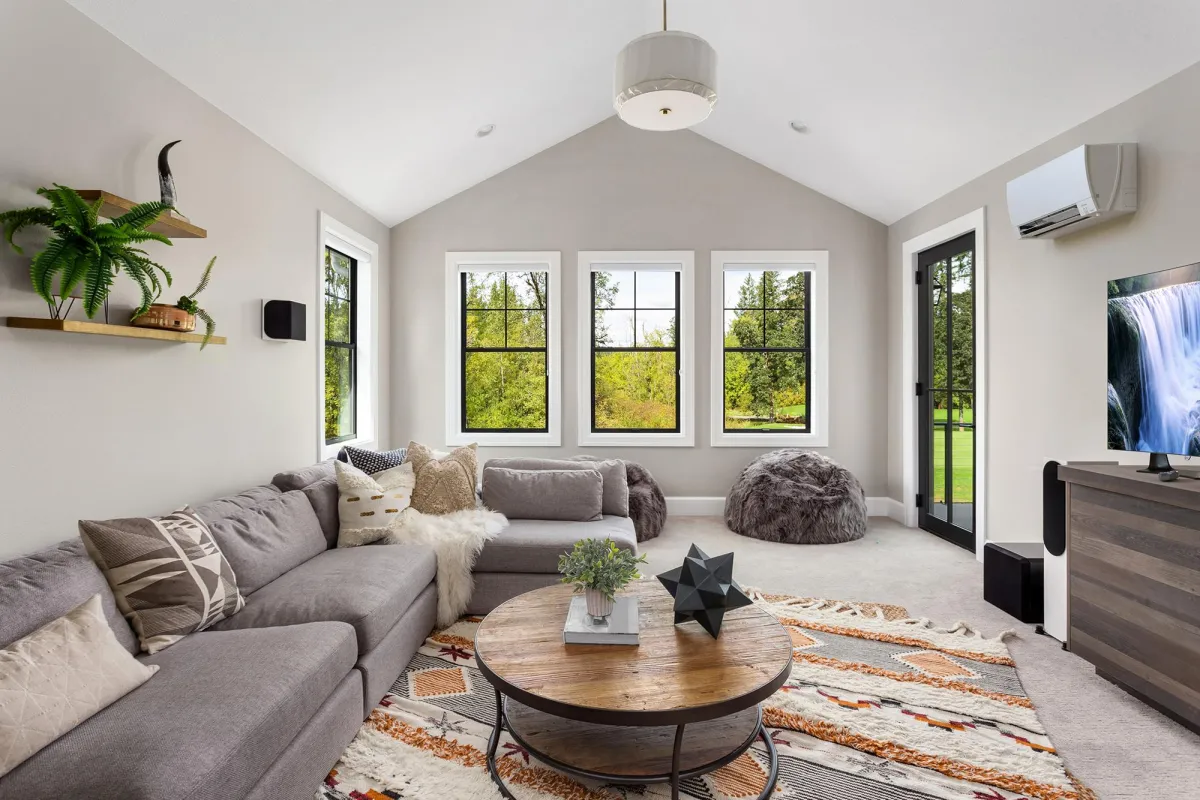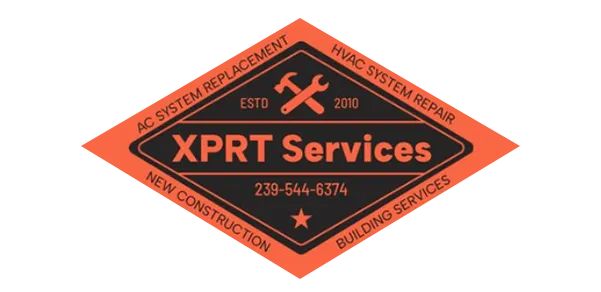HVAC New Construction Design & Installation
New Construction in SWFL
Designing HVAC systems for new construction in South West Florida requires careful consideration of the region's climate, building codes, energy efficiency standards, and customer preferences. Here's a comprehensive guide to HVAC system design for new construction in this area:
Load Calculation: Conduct a detailed load calculation using Manual J or similar methods to accurately determine the heating and cooling requirements of the building. Factors such as building orientation, insulation levels, window types, and occupancy patterns should be considered.
Equipment Selection: Choose HVAC equipment that is appropriately sized and energy-efficient for the building's needs. This includes selecting air conditioners, heat pumps, furnaces, or ductless mini-split systems with high SEER (Seasonal Energy Efficiency Ratio) ratings for cooling and high AFUE (Annual Fuel Utilization Efficiency) ratings for heating.
Ductwork Design: Design the ductwork system to deliver conditioned air efficiently to all areas of the building while minimizing air leaks and pressure imbalances. Insulate ducts located in unconditioned spaces to prevent energy losses and ensure comfort.
Zoning: Implement zoning systems to provide individual temperature control in different zones or areas of the building. This allows occupants to adjust temperatures based on their preferences and occupancy patterns, leading to energy savings and enhanced comfort.
Ventilation: Incorporate mechanical ventilation systems to ensure adequate indoor air quality and fresh air exchange, especially in tightly sealed, energy-efficient buildings. Consider heat recovery ventilation (HRV) or energy recovery ventilation (ERV) systems to recover energy from exhaust air.
Humidity Control: Install dehumidification equipment or systems to manage indoor humidity levels, which can be particularly high in South West Florida. This helps improve comfort, prevent mold growth, and reduce the workload on the cooling system.
Energy Efficiency Measures: Integrate energy-efficient design features such as high-performance windows, insulation, and building envelope sealing to minimize heat gain or loss. This reduces the HVAC system's workload and energy consumption, resulting in lower operating costs for the building owner.
Smart Controls and Thermostats: Utilize programmable or smart thermostats with advanced control features to optimize HVAC system operation based on occupancy schedules, weather conditions, and user preferences. This improves comfort and energy efficiency while allowing for remote monitoring and control.
Renewable Energy Integration: Explore opportunities to integrate renewable energy sources such as solar photovoltaics or geothermal heat pumps into the HVAC system design to further reduce energy consumption and environmental impact.
Compliance and Certification: Ensure that the HVAC system design complies with local building codes, energy efficiency standards, and certification programs such as ENERGY STAR or LEED (Leadership in Energy and Environmental Design). Obtain necessary permits and approvals before installation.
By following these guidelines and tailoring the HVAC system design to the unique requirements of South West Florida's climate and construction practices, you can create comfortable, energy-efficient, and sustainable buildings for residential, commercial, or institutional purposes.


